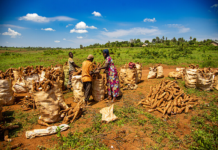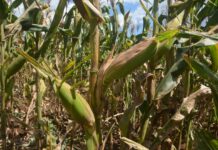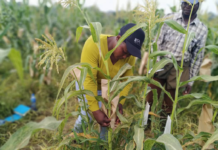
Drip irrigation is one of the most efficient water and nutrient delivery system for growing crops, it delivers water and nutrients directly to the plant’s root zone, in the right amounts, at the right time, so each plant gets exactly what it needs, when it needs it, to grow optimally. It enables farmers to produce higher yields while saving on water as well as fertilizers, energy. The proof of drip irrigation’s efficiency lies in the thriving fields of Kenya, where success stories abound. On small-scale farms, the transformative impact of drip systems is noticeable, as local farmers witness increased yields and improved crop quality
Drip irrigation systems enable farmers to provide precise amounts of water and nutrients directly to the root zone of plants, promoting healthier growth and maximizing yields. By optimizing irrigation efficiency and reducing stress on crops, drip irrigation contributes to increased crop quality and overall farm profitability. This demand for enhanced productivity is particularly crucial in regions facing challenges such as water scarcity or variable climatic conditions, where drip irrigation’s ability to sustain consistent crop growth becomes particularly valuable.
Drip irrigation has seen widespread adoption in both field crops and fruits & nuts due to its ability to optimize water use and enhance crop quality. In field crops such as maize, soybeans, and cotton, drip systems deliver water and nutrients directly to the root zone, reducing water waste and increasing yields. This precise irrigation method ensures consistent moisture levels critical for optimal growth and development. Similarly, in fruits & nuts such as grapes, almonds, and citrus, drip irrigation promotes uniform water distribution, which is essential for fruit quality, size, and taste. The adoption of drip irrigation in these sectors has been driven by the need for sustainable water management practices and the desire to maximize productivity in diverse agricultural settings.







